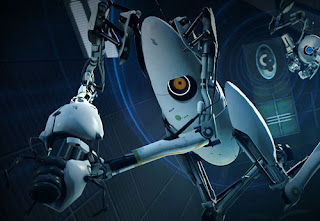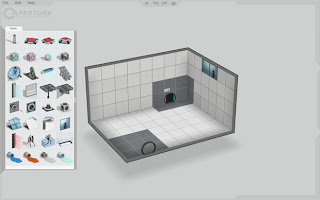In the beginning of May, I joined this site and posted an article about Portal 2’s upcoming “Perpetual Testing Initiative” update. The update would include a simplified level editor for all Portal 2 owners in which they could create and distribute their own Portal-esque puzzles. The update would also add Steam Workshop support to the title, which would aid in distributing of levels and allow players to filter what levels they wanted to pay, whether they be highly community-rated or just have lots of 1500 Megawatt Aperture Science Heavy Duty Super-Colliding Super Buttons.
There are generally three tiers of level editors; simple, advanced, and complex. Simple level editors cover the people who want to place a few blocks here-and-there with no regards towards aesthetic styling while complex level editors generally give up user friendliness in order to allow complex geometry to be created and unique mechanics to be implemented. The problem with advanced level editors is that they have the potential to not please anybody, neither the people who want to place a few blocks in a map nor the people who want to create their vision as accurately as they can. Since Valve is not a company to skimp out on something if it can and that the Portal 2 Source development kit was already out, I had assumed that they would have to have gone down the route of creating an advanced level editor and in the end I was right. However, does the level editor suffer the fate of not pleasing anybody?










I love what I've seen of the editor so far, but have yet to get into it. Hopefully trying out those "12 Angry Tests" I have queued will inspire me.
Thanks for putting this together, glad to see talk about video game editors. The last video game editor I really got into was the CryEngine Sandbox which was included with the original Far Cry PC game. I spent months working on levels, learning the engine, and just having fun with it. I still have one of my levels saved, and have been tempted a few times to learn newer engines like Unity and Unreal to see if I could recreate it with updated graphics.
Anywho, I digress. I haven't played Portal 2, but I do own the original as part of The Orange Box on the PS3. I have only played it for about 10-ish minutes, but not any longer than that…not sure why, it just didn't really grab my attention right away, and I never gave it another try.